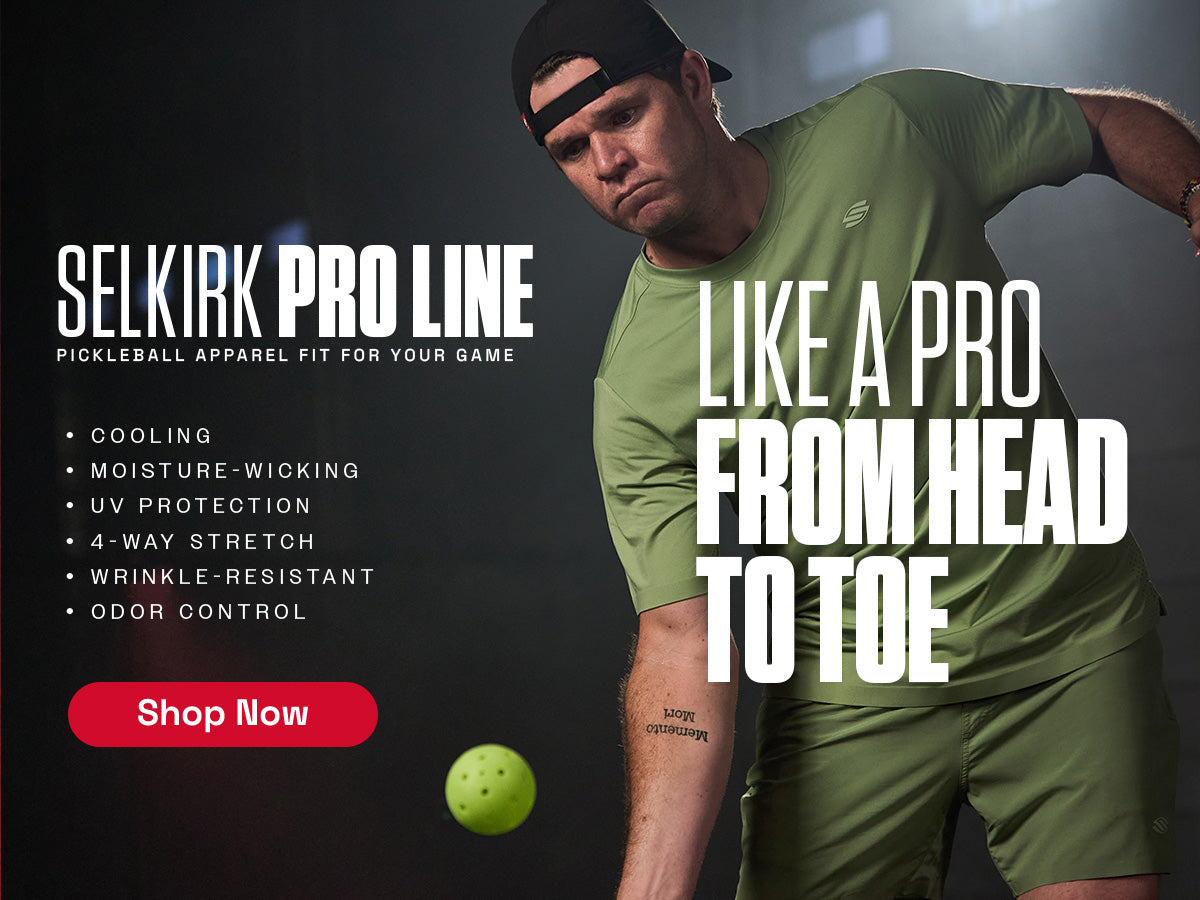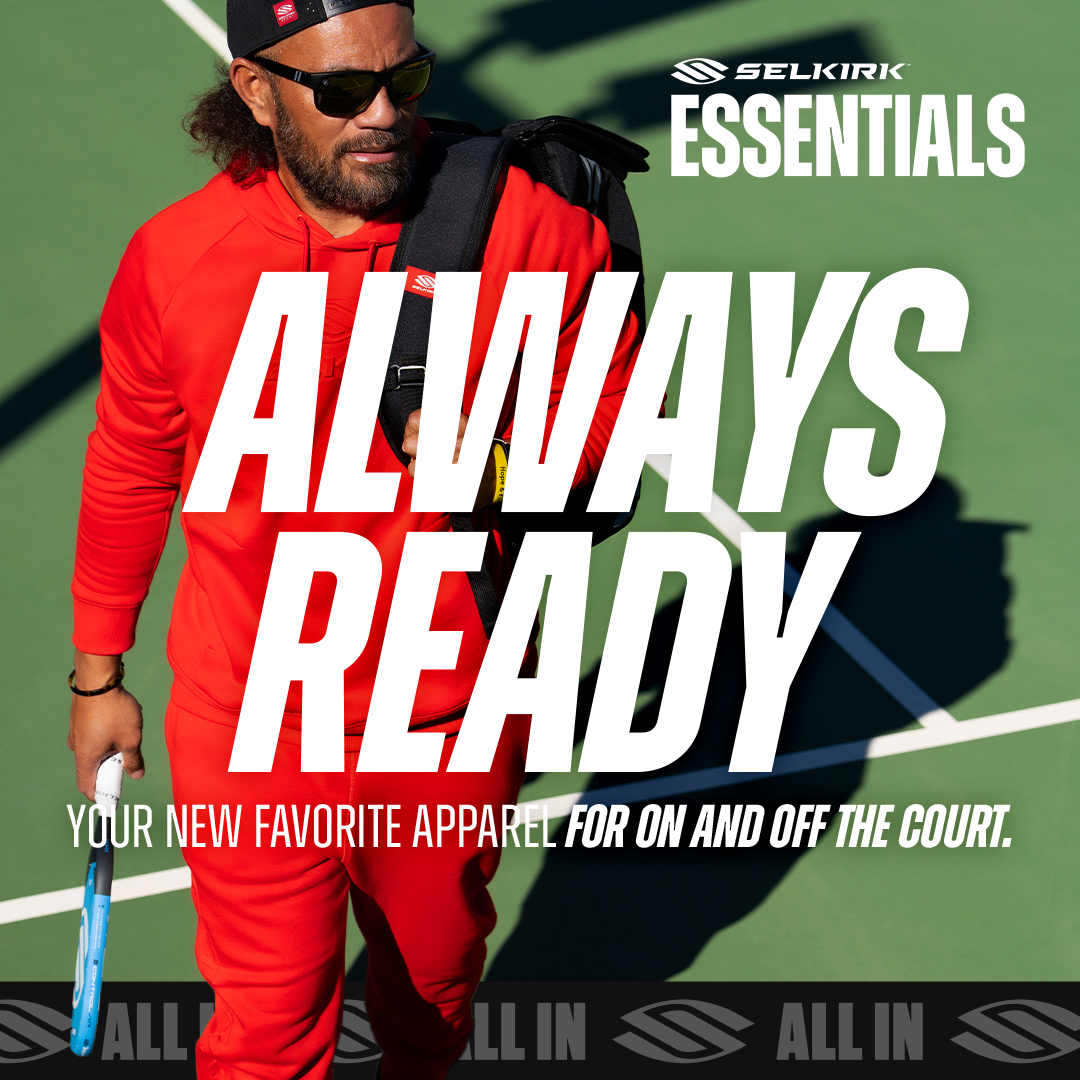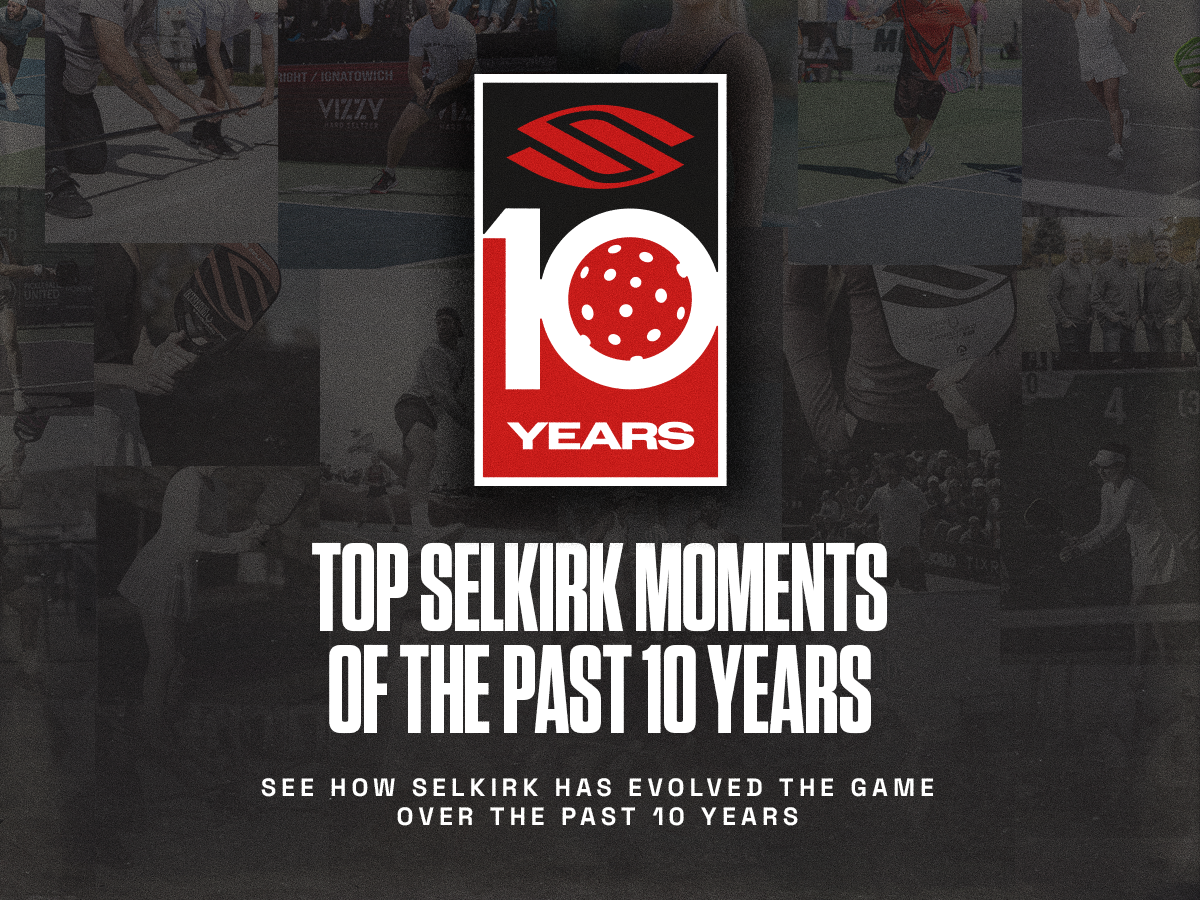
One of the most common mistakes in doubles pickleball is knowing who will take the third shot.
Often, opponents may hit a return of serve to the middle of the court to confuse partners. Or, a left-side player may sneak too far over onto their partner’s side of the court to hit a third shot.
These small breakdowns in communication can cause a player to be off-balance when hitting the third shot, which can lead to errors. However, working with your partner to learn and practice the best third shot strategies can help avoid this mistake in the future.
In this Selkirk TV original, pickleball coach Morgan Evans explains who should take third shots depending on court positioning and strategy.
When you should take the third shot from your partner
People who have played pickleball frequently have likely run into an overzealous partner. You may be set up to hit the perfect backhand drop and your partner steps in front of you, steals the ball, and hits a forehand drive into the net.
It’s frustrating, to say the least. But it’s important to understand where each partner is at in their skill level to avoid these types of mistakes.
Many players, particularly those just starting, don’t feel comfortable hitting a third shot drop or drive on their backhand. Instead, they elect to call their partner over so they may hit the ball with their forehand.
And while it’s reasonable to take the majority of third balls when you are the partner with a strong forehand, make sure to ask your partner about their comfortability with their backhand shot.
They may be more comfortable hitting a backhand, and if you allow them to hit the third shot, you’re then able to move to the net early to set up an attack.
It all comes down to communication — make sure you have a clear idea of each player’s best shots before you step onto the court.
How to position yourself for a third shot
If your partner prefers you to cover more court with your forehand regularly, you’ll still have to deal with the occasional divorce ball. (A ball hit where it’s unclear who should get it, so no one does.)
If you and your partner find this happens frequently, you should adjust your court position. Here are a few tips to consider:
- The player who is using their forehand should stand closer to the center line to help cover more of their partner’s backhand.
- Create a staggered position where the forehand player is a few feet in front of the backhand player, which visually gives the forehand player the first right to refusal. If they don’t move toward the shot, the backhand player then knows it’s their turn to hit the third shot.
How much court should the man cover in mixed doubles pickleball?
It’s an age-old debate that likely won’t end any time soon: How much court should the male partner actually take up during mixed doubles?
There will always be teams with more passive male players that succeed, but teams with more aggressive male partners also see a great number of podiums.
No matter your and your partner’s play style, it is important to protect the right-side player’s left foot.
The left foot of the right-side player often falls on the backhand side, making it a weak point for most right-side players. So, it often falls to the left-side player to help cover this area.
The general rule of thumb is that although the right-side player may have a decent backhand if the ball can be played more effectively by the left-side player’s forehand, then they should take the shot.
The right-side player can signal their desire for the left-side player to take the shot in several ways:
- Verbally communicating
- Shifting laterally to the right
- Completing a pivot step to remove their left foot out of the way of the left-side player.
When the left-side player shifts over, they should remember: It’s about assistance, not dominance.
Every time the left-side player slides, they leave a majority of the court open behind them. So, it’s not always appropriate to try to hit a put-away shot because your opponents have a lot of open court in which to fire back. Instead, be patient and wait for the right ball to attack.
Here are some other shots to consider when the left-side player covers the right-side player’s backhand at the kitchen line:
- Dinks to your opponent’s backhand
- Dinks to the middle of the court
- A well-placed lob
























































